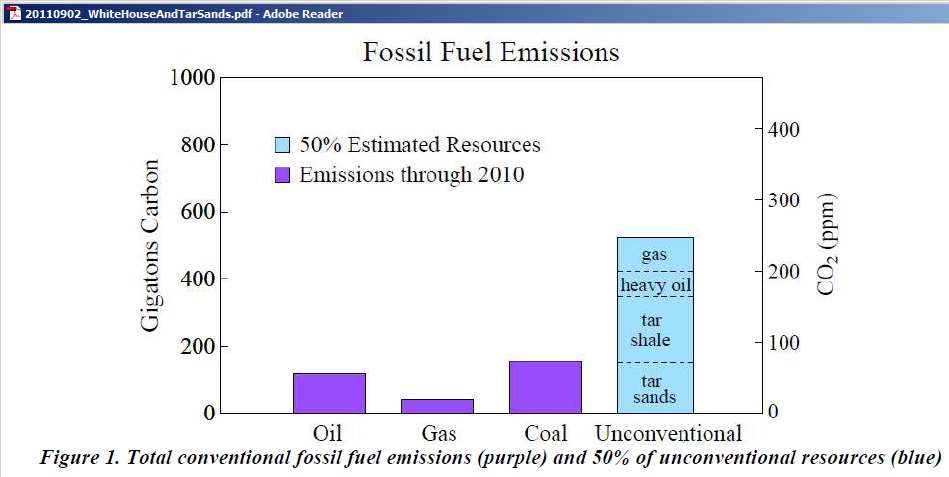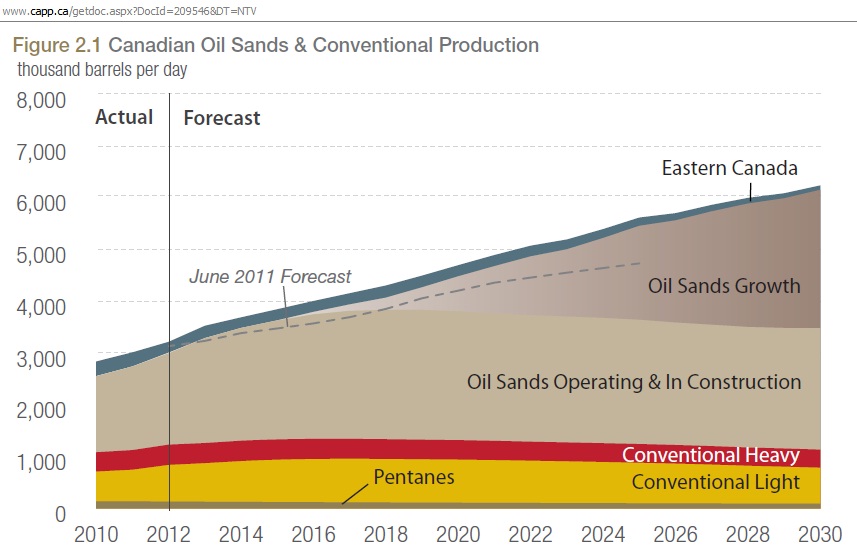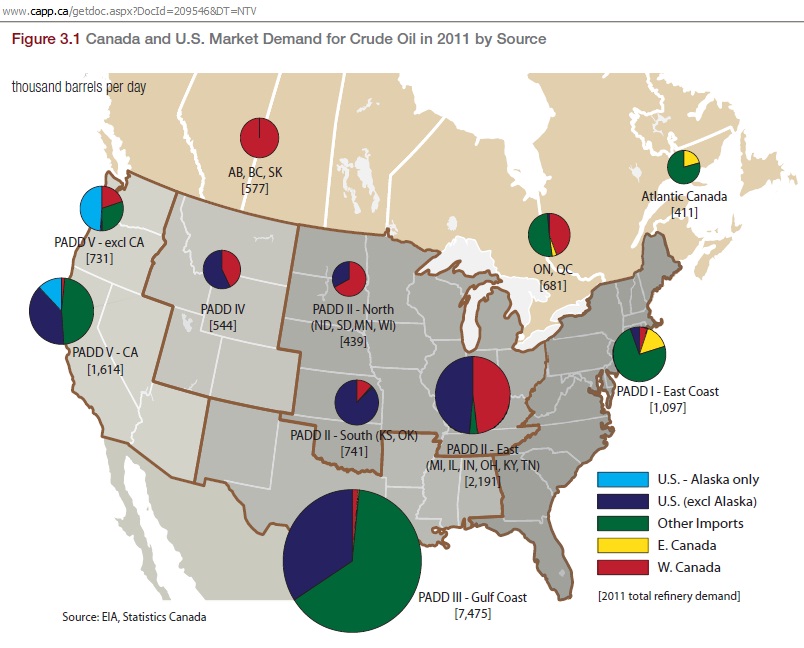February 2016
http://www.oilsandsmagazine.com/western-canada-select-wcs-crude-oil-definition
26/4/2013
 http://earlywarn.blogspot.com.au/2013/04/the-source-for-keystone-tar-sands.html
http://earlywarn.blogspot.com.au/2013/04/the-source-for-keystone-tar-sands.html
Update 11/7/2012
Production profiles by Canadian Association of Petroleum Producers, June 2012
http://www.capp.ca/getdoc.aspx?DocId=209546&DT=NTV
Impact on climate:
CO2 from unconventional fossil fuels

http://www.columbia.edu/~jeh1/mailings/2011/20110902_WhiteHouseAndTarSands.pdf
Oil sands mining and reclamation cause massive loss of peatland and stored carbon
3 Nov 2011
http://www.pnas.org/content/early/2012/03/06/1117693108.short
Graphs from Graphoilogy
http://www.graphoilogy.com/2012/04/energy-production-data-from-statistics.html
Previous CAPP reports:
Production profiles by Canadian Association of Petroleum Producers, June 2011
Western Canada
The following key assumptions have been used to determine available oil sands supply:
a) All bitumen must be blended with either condensate or upgraded light crude oil to meet pipeline
specifications;
b) Condensate is the preferred diluent over upgraded light crude oil;
c) The Southern Lights Pipeline can deliver additional diluent to western Canadian producers;
d) Railed imports could supplement a shortfall of condensate that could be required by producers beyond the capacity provided by Southern Lights and before an expansion of the pipeline or other alternative is in place.
http://www.capp.ca/forecast/Documents/190838-2011-2025_CAPP_Crude_Oil_Forecast__Markets_Pipeline_Report.pdf
Canada total plus tar sands growth from the executive summary















